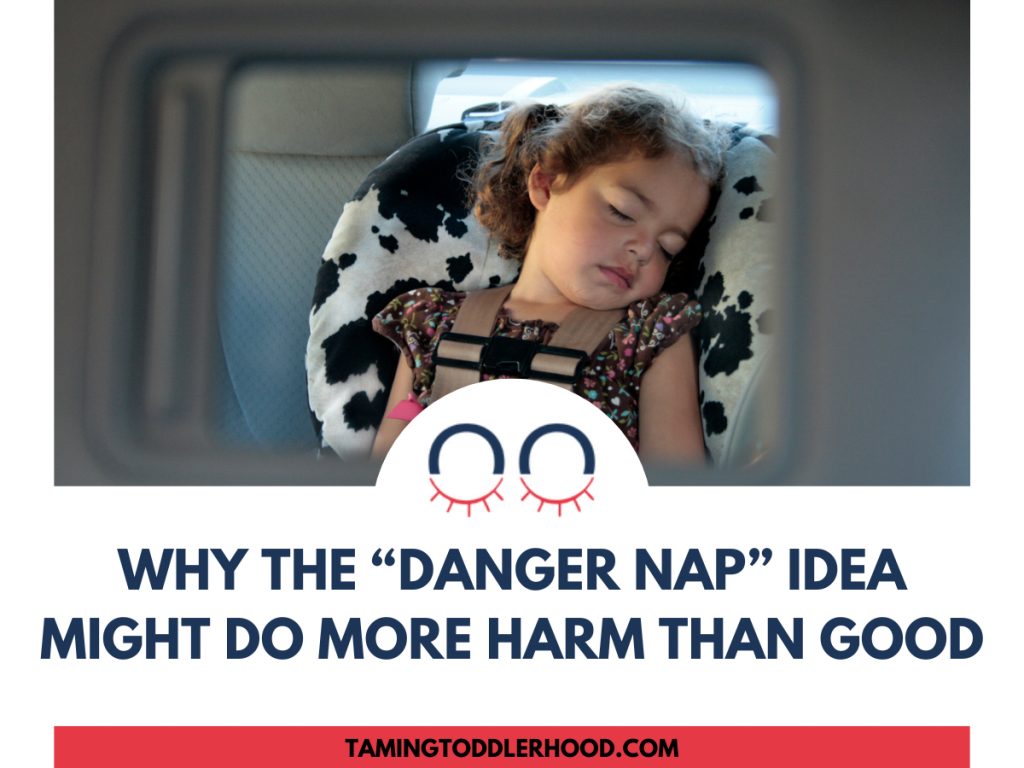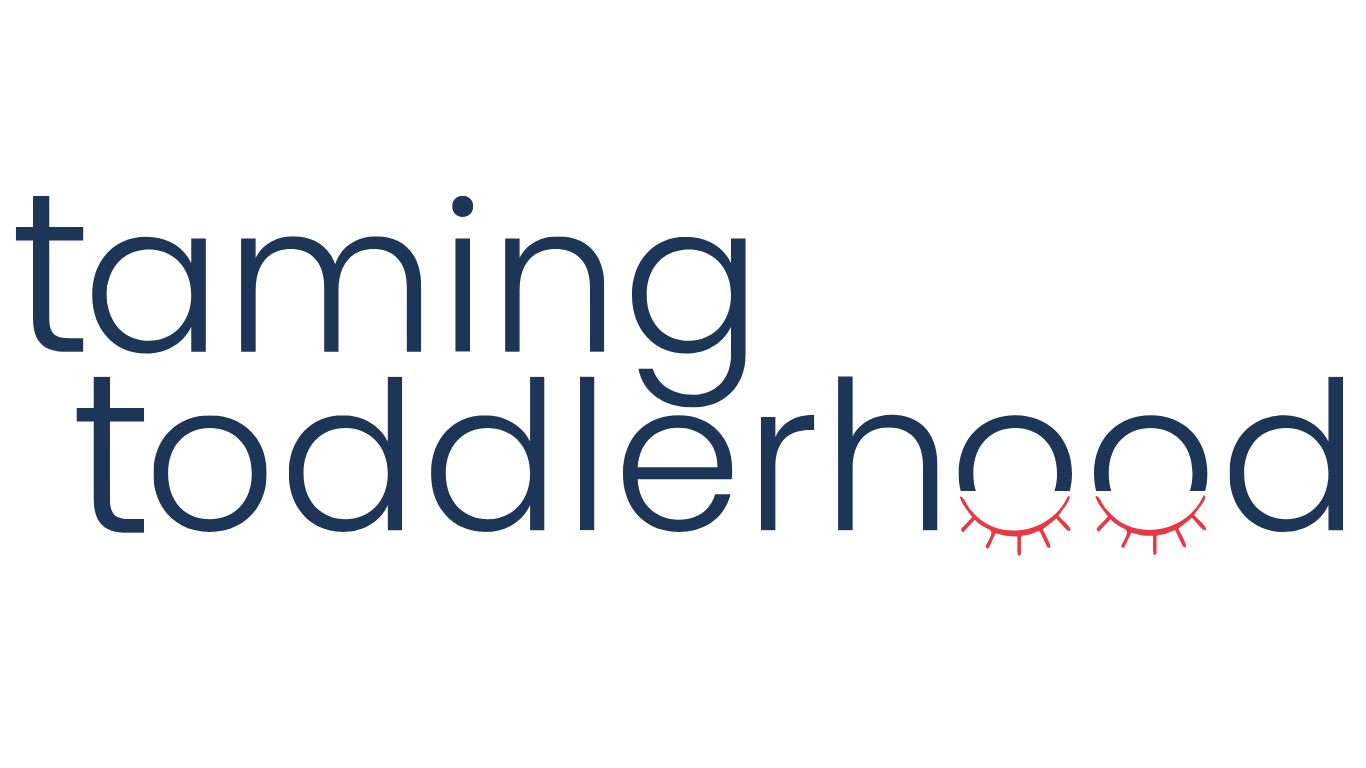
You might have heard the term “danger nap” pop up in parenting circles, blogs, or even on TikTok. It sounds catchy, but the concept can be more harmful than helpful when it comes to understanding your toddler’s real sleep needs.
So, what exactly is a danger nap? In short, it’s a late-afternoon nap that parents fear will “ruin” bedtime, leading to a later sleep onset, more bedtime resistance, or night waking. It often crops up as toddlers naturally start to drop naps, but the label itself can cause parents unnecessary worry and confusion.
At Taming Toddlerhood, I believe toddlers’ sleep isn’t something that needs to be “controlled” at all costs. Instead, it helps to understand what’s really going on in your child’s brain and body. Let’s unpack it together.
Toddlers are incredibly busy learners, soaking up language, social rules, and motor skills every single day. This can make them genuinely tired by late afternoon, especially if:
They had an early start to the day
They’ve had a particularly active morning or big emotional moments
Their nap earlier in the day was short, skipped, or more disrupted than usual
In these moments, a late nap isn’t a sign your child is being “difficult” it’s usually a sign they need rest.
A toddler’s body clock (circadian rhythm) and their sleep pressure (the biological need to sleep that builds over time) work together to create natural windows for rest.
Sleep pressure builds steadily from the moment they wake, making them sleepier as the day goes on.
Circadian rhythm helps anchor predictable sleepiness at certain times, including a mid-day nap for many toddlers.
When a nap is skipped or cut short, sleep pressure can spike in the late afternoon. This makes it harder for toddlers to stay awake until bedtime, leading to those “danger nap” situations.
While it’s true that a late nap can delay bedtime, the bigger picture matters more: whether your child is generally getting enough total sleep over 24 hours, and whether bedtime remains relatively calm and connected.

Book your FREE action plan call to chat through your sleep challenges, get a plan of action and start your journey to getting better sleep.
Labelling a late nap as “dangerous” can set up an unhelpful dynamic:
Frustration and anxiety: Parents can feel trapped, stressed, or guilty if their toddler nods off in the car or pram.
Power struggles: Trying to force a tired toddler to stay awake can lead to meltdowns or overtiredness, which ironically can make bedtime more challenging.
Missed cues: We might overlook what our toddler’s body is telling us that they simply need rest that day.
Instead of fearing the occasional late nap, it helps to:
✅ Stay flexible: Some days your toddler will cope fine without a nap; on other days they won’t. That’s OK.
✅ Notice patterns: If late naps are happening daily and bedtime is shifting very late, it may be time to gently shorten or cap the nap, or bring bedtime later.
✅ Keep connection central: Toddlers often resist bedtime more when they feel disconnected, so a calm wind-down routine matters as much as the timing.
✅ Trust the process: As toddlers get closer to dropping naps, there will naturally be days with naps and days without. This messy middle phase is normal.
The idea of a “danger nap” might sound clever, but it risks making us fight against our toddler’s natural need for rest. Instead of battling biology, tuning in to your child’s signals and keeping a flexible routine usually leads to calmer evenings and better sleep overall.
If you’d like tailored support for your toddler’s nap transitions, bedtime battles, or early rising, I’m here to help. Together, we can find a rhythm that works for your unique child – without labels, shame, or unnecessary worry.
